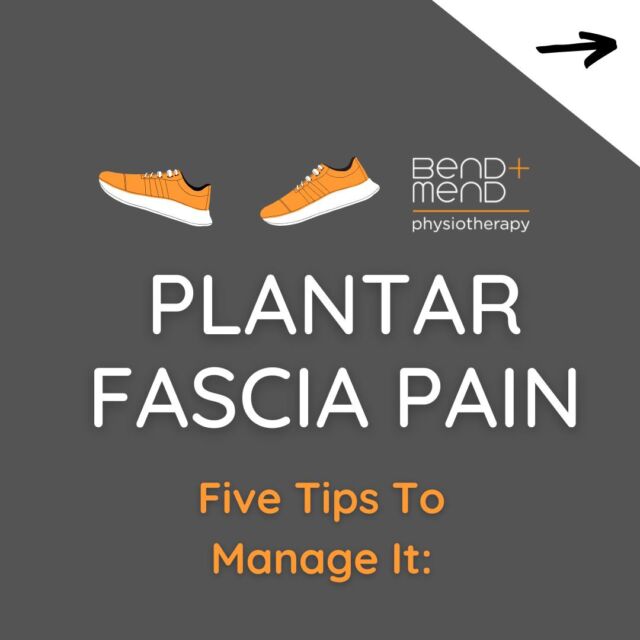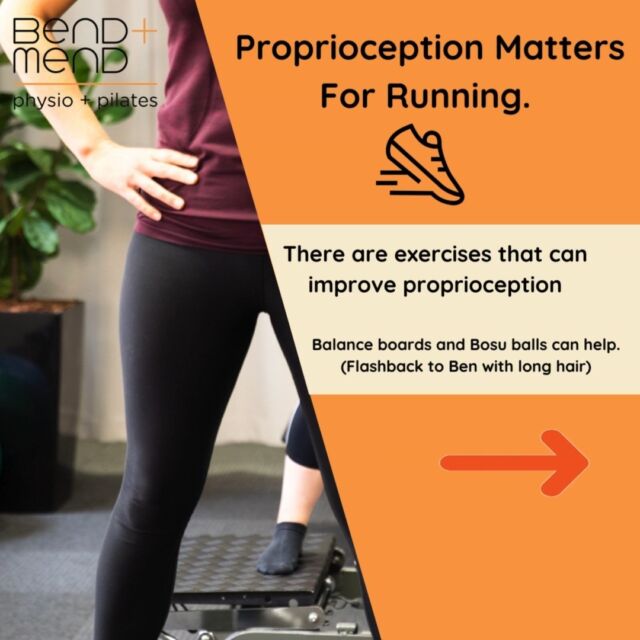Plantar Fasciitis means inflammation of the plantar fascia, the thick connective tissue which runs underneath the foot and supports the arch. It starts at the tuberosity of the calcaneus (heel bone) and attaches into the heads of the metatarsal bones (at the ball of the foot). Although the injury is often called Plantar Fasciitis (“-itis” meaning that there is an inflammatory process occurring), the problem generally is due to damage that occurs over a period of time, not necessarily inflammation. When the plantar fascia is damaged, tiny tears (microtears) develop inside the tissue. This can cause the plantar fascia to thicken, which can result in pain usually felt in the heel but which may radiate into the arch of the foot.
The pain is often worse first thing in the morning and after prolonged sitting, basically with the first steps taken after a period of rest. It can also be tender during and after weight-bearing exercise e.g running.
There are a variety of different reasons why Plantar Faciitis might occur, including poor foot control, excessive pronation (flattening of the arch), tight calf muscles, stiffness through the foot and ankle, and inappropriate footwear.
So, what can you do about it? It is important to get an assessment to correctly diagnose your pain. Treatment can then include advice regarding relative rest from weight-bearing activities, icing, taping to offload the plantar fascia, releasing and stretching the calf muscles, joint mobilisation, and strengthening exercises for the muscles in your feet to help control the position of your foot. Fitting of insoles and education regarding appropriate footwear may also be involved.
Plantar Fasciitis can be associated with a heel spur, which is a bony growth under the heel where the plantar ligament inserts. X-rays and scans of the foot may show a heel spur resulting from this condition.
If conservative treatment does not fix the problem, other treatment options may include injections to reduce inflammation (e.g a corticosteroid injection) and very rarely surgery where the plantar fascia is released from its insertion under the heel bone, however, this is rarely recommended. The good news is that most people do well with Physiotherapy, and as always, the earlier you seek advice the better.







